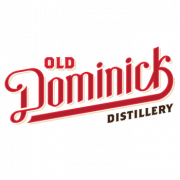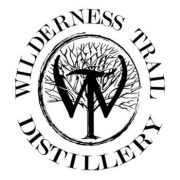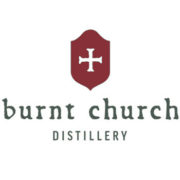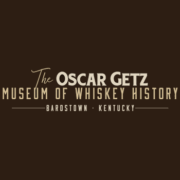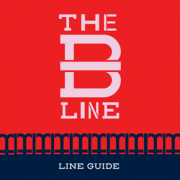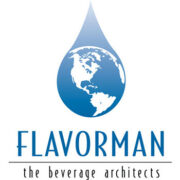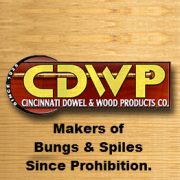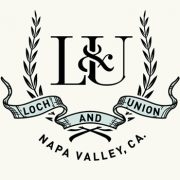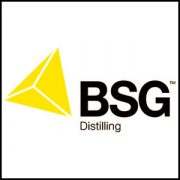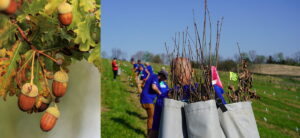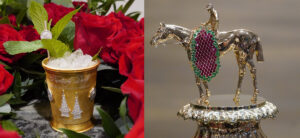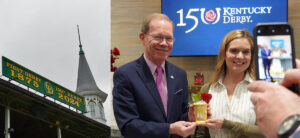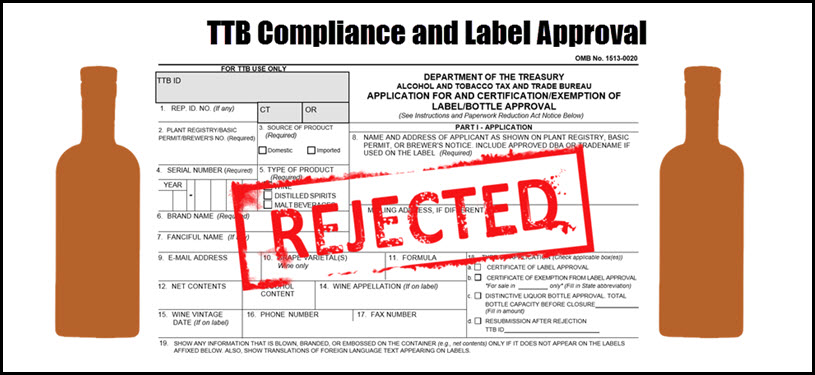
Rejection from the TTB sends chills up the spine of craft distillers. Without the stamp of approval from the TTB a craft distiller is dead in water.
There are strict requirements for alcohol beverage labeling. While designers experienced in the category will be aware of the rules and how to create exciting designs that comply with regulations, brand owners should also be aware of what is likely to gain approval vs. rejection from the TTB. Langdon Guenther is a Regulatory Specialist with Jim McCoy Alcohol & Tobacco Consultants, LLC. We asked him to share the basics of labeling requirements and the TTB label approval process with us.
Stay Informed: Sign up here for the Distillery Trail free email newsletter and be the first to get all the latest news, trends, job listings and events in your inbox.
What are the requirements for distilled spirits labeling?
The Alcohol and Tobacco Tax and Trade Bureau (TTB) is responsible for all regulatory aspects regarding the distilled spirits industry in the United States. The labeling of these spirits products requires very specific and mandatory information.
The following mandatory information must appear on the distilled spirits label:
- The brand name of the product.
- Class and type. The class of the spirit is a broad category. “Whiskey” is one of the classes of spirits. The types of whiskey include bourbon whiskey, rye whiskey, malt whiskey, corn whiskey, Irish whiskey, Scotch whiskey, etc.
- The alcoholic content shown as “alcohol by volume” (ABV). It can also show as the proof of the product. For example, 40% ALC/VOL or 80 PROOF.
- Net contents of the bottle in metric units. The most popular size bottle is 750 ml. Spirits can only be bottled in one of seven sizes.
- 50 ml
- 100 ml
- 200 ml
- 375 ml
- 750 ml
- 1 liter
- 1.75 liters.
- The name and address of the producer. In the case of imported spirits, the country of origin must appear on the label.
- The federal government health warning statement. By law, this statement is required on all alcoholic beverages containing 0.5% or more alcohol by volume.
- All mandatory information has minimum and maximum type size requirements and rules about where on the package it must appear.
Where can distillers find information about submitting labels for TTB approval?
The required form is available online at TTB – Form 5100.31. This should be filled out with the requested information and submitted along with images of your labels.
Submission for label approval on TTB Form 5100.31 can be mailed or submitted electronically to TTB’s Advertising, Labeling and Formulation Division (ALFD) in Washington, DC. Electronic submission requires the distillery to file an Online Access Request form. The vast majority of label submissions are now submitted electronically because it cuts down on processing time. The recent proliferation of craft distilleries has increased processing time and approval. Five years ago, most label applications were processed within one week or so. The regulations allow TTB up to 90 calendar days to process label applications. As of February 4, 2016 processing time is 31 calendar days. You can check the Processing Times for Label Applications on the TTB website.
Factoid: 2016 COLA applications received year-to-date: 12,091 (as of 01/29/2016)
What kinds of things can cause a label to be rejected?
A request for label approval can be rejected if any of the mandatory information required on the label is missing. Also, if the Form 5100.31 is not filled out correctly or not signed, this will result in the request being rejected. If a distillery submits a request for a certified organic product and does not submit the required organic certification, this request will be rejected.
If a label is rejected, what is the process for resubmitting with changes, and how long does approval take from that point?
Form 5100.31 can be submitted electronically or mailed to TTB. If an electronic submission is rejected and the necessary changes are made and resubmitted to TTB, this application goes to the top of the application pile. It will probably take two weeks or so for approval of the resubmitted application. Conversely, if a mailed application is corrected and resubmitted to TTB, it goes to the bottom of the application pile and could take months to be approved.
What types images of and language are prohibited on spirits packages?
The TTB will reject a label if it contains language that it considers to be misleading, or images or language that it considers to be indecent. The best reference for Prohibited Practices can be found online at Electronic Code of Federal Regulations. Search for Electronic Code of Federal Regulations, PART 5—Labeling and Advertising of Distilled Spirits. This section also outlines the restrictions on advertising of distilled spirits – an important subject that distillers should be aware of.
Please help to support Distillery Trail. Like us on Facebook and Follow us on Twitter. Thank you!
What a Distilled Spirits Label Tells You
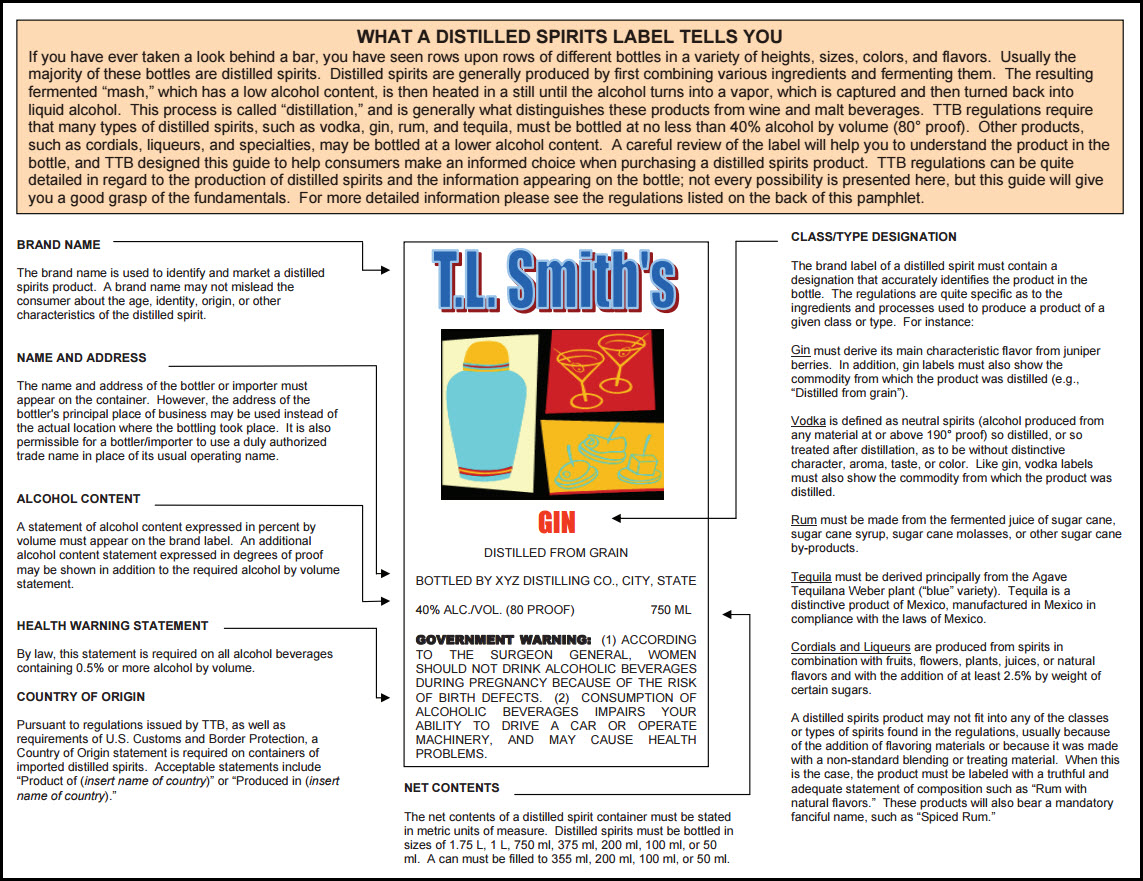

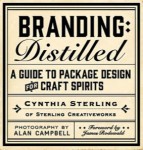
Additional Resources
What You Should Know About Distilled Spirits Labels
The Beverage Alcohol Manual (BAM)

